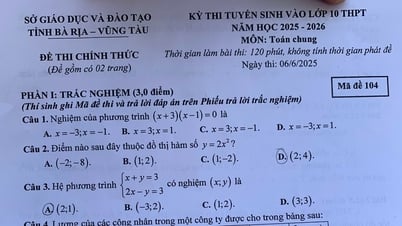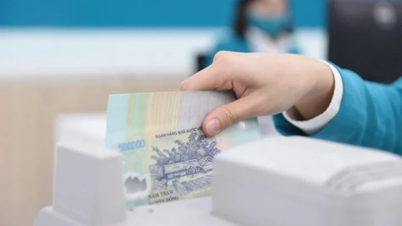Starting the trading week at 3,351.67 USD/ounce, due to selling pressure from Asian and European markets, the world gold price quickly dropped to 3,325 USD/ounce while the US market was closed for Memorial Day (May 27).
On Tuesday, in the Asian market, the gold price fell from 3,350 USD/ounce to 3,288 USD/ounce. In the US market, the gold price recovered to 3,300 USD/ounce.
The $3,300 support level was tested several times before U.S. traders continued to push prices lower on Wednesday. Gold prices fell sharply from $3,301 an ounce to hit a weekly low of $3,250 an ounce.
By Thursday, money started to buy, causing the gold price to suddenly increase sharply, reaching a peak of 3,330 USD/ounce. However, this increase could not be maintained for long.
The Asian session continued to push gold prices below $3,300. After a sharp drop to $3,276/ounce in the early US session on Friday, the market moved sideways in a narrow range around the $3,300 resistance level until the end of the week.
Gold prices on the Kitco floor closed the trading week at $3,288/ounce. Gold futures for June 2025 delivery on the Comex New York floor are at $3,289/ounce.

What will the price of gold be next?
Gold prices are unlikely to avoid a slight decline, but historically, the precious metal has shown a steady upward trend. When inflation hit a multi-decade high in June 2022, gold became a sought-after "safe haven" for its ability to preserve value during inflationary times.
This wave of interest sent gold prices soaring. Although inflation has cooled significantly since then, gold prices have remained high, even up more than 60% since early 2024.
Adrian Day, chairman of Adrian Day Asset Management, believes that any decline will not be long or too deep, because there is always demand waiting at support levels.
Mr. Day commented that although the market tends to focus on President Trump's policies, especially trade tariffs, the real drivers of gold prices appeared long before Mr. Trump took office or the Russia-Ukraine conflict took place.
He analyzed: in 2022, gold prices started to increase before Mr. Trump entered the White House. Objectively, tariffs are not the main factor causing gold prices to increase. It is just an additional factor besides issues such as Gaza, Ukraine, ...
Central banks also want to diversify their holdings away from the dollar, given the dollar’s use as a political tool – something that began long before Mr Trump.
In 2000, non-US central banks held about 75-80% of their foreign reserves in dollars. That figure has been falling steadily over the past 25 years, to about 65% in 2020. None of that long-term shift has anything to do with Mr Trump or tariffs.
Since the beginning of 2024, gold prices have recorded a significant increase of more than 60%. This increase shows that the market's confidence in gold is still very high, despite short-term adjustments.
Gold has a long history of being a safe haven asset, especially in times of rising inflation. When prices of goods and services rise and the purchasing power of currencies declines, investors often turn to gold to preserve the value of their assets. Although inflation has declined, this “defensive” role has helped gold maintain its appeal.
While gold prices may fluctuate in June, investors should look at the long-term trend, experts say. Gold tends to increase in price over time. Small dips, if any, can be an opportunity for investors to buy at a better price.
In addition, gold is an effective tool to diversify investment portfolios, minimizing risks when other assets fluctuate. However, experts recommend limiting the proportion of gold to 10% or less in the total investment portfolio, to avoid missing out on opportunities from other profitable assets.
Source: https://vietnamnet.vn/dao-chieu-lien-tuc-gia-vang-the-gioi-sap-toi-ra-sao-2406879.html





























































































Comment (0)